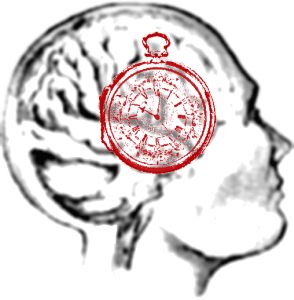
Obesity is a major problem in many western countries, especially countries such as the United States. But as the days go by, more and more Malaysians are adapted to the sedentary lifestyles which are not encouraged by many nutrition practitioners. As a results, the number of obese Malaysians are on the rise too.
GTF consumers would very much understand that obesity is one of the metabolic syndromes which could bring human excruciating bad consequences. Simply put, obesity is a friend of diabetes, inflammation and also other related cardiovascular diseases. Such fact has placed obesity as one of the most dangerous aspect as far as human health is concerned.
Recently, there was a new research from Northwestern Medicine pointed out that the more an older woman weighs, the worse her memory. Such phenomenon is even more pronounced in women who carry excess weight around their hips (pear shaped) rather than those who carry excess weight around their waists (apple shaped).
According to the lead author Diana Kerwin, M.D., an assistant professor of medicine in Northwestern Medicine, the added weight in women definitely has detrimental effects in cognition and memory. The trend of such happens with every point increase in a woman's BMI, her memory score drops by one point, by using a 100-point memory test called the Modified Mini-Mental Status Examination.
GTF consumers would very much understand that obesity is one of the metabolic syndromes which could bring human excruciating bad consequences. Simply put, obesity is a friend of diabetes, inflammation and also other related cardiovascular diseases. Such fact has placed obesity as one of the most dangerous aspect as far as human health is concerned.
Recently, there was a new research from Northwestern Medicine pointed out that the more an older woman weighs, the worse her memory. Such phenomenon is even more pronounced in women who carry excess weight around their hips (pear shaped) rather than those who carry excess weight around their waists (apple shaped).
According to the lead author Diana Kerwin, M.D., an assistant professor of medicine in Northwestern Medicine, the added weight in women definitely has detrimental effects in cognition and memory. The trend of such happens with every point increase in a woman's BMI, her memory score drops by one point, by using a 100-point memory test called the Modified Mini-Mental Status Examination.


 Circadian rhythm is a very important aspect in our lives. Having to mention circadian rhythm, we need to understand what a circadian clock is. Circadian clock affects the daily rhythms of many physiological processes in our body daily.
Circadian rhythm is a very important aspect in our lives. Having to mention circadian rhythm, we need to understand what a circadian clock is. Circadian clock affects the daily rhythms of many physiological processes in our body daily.








